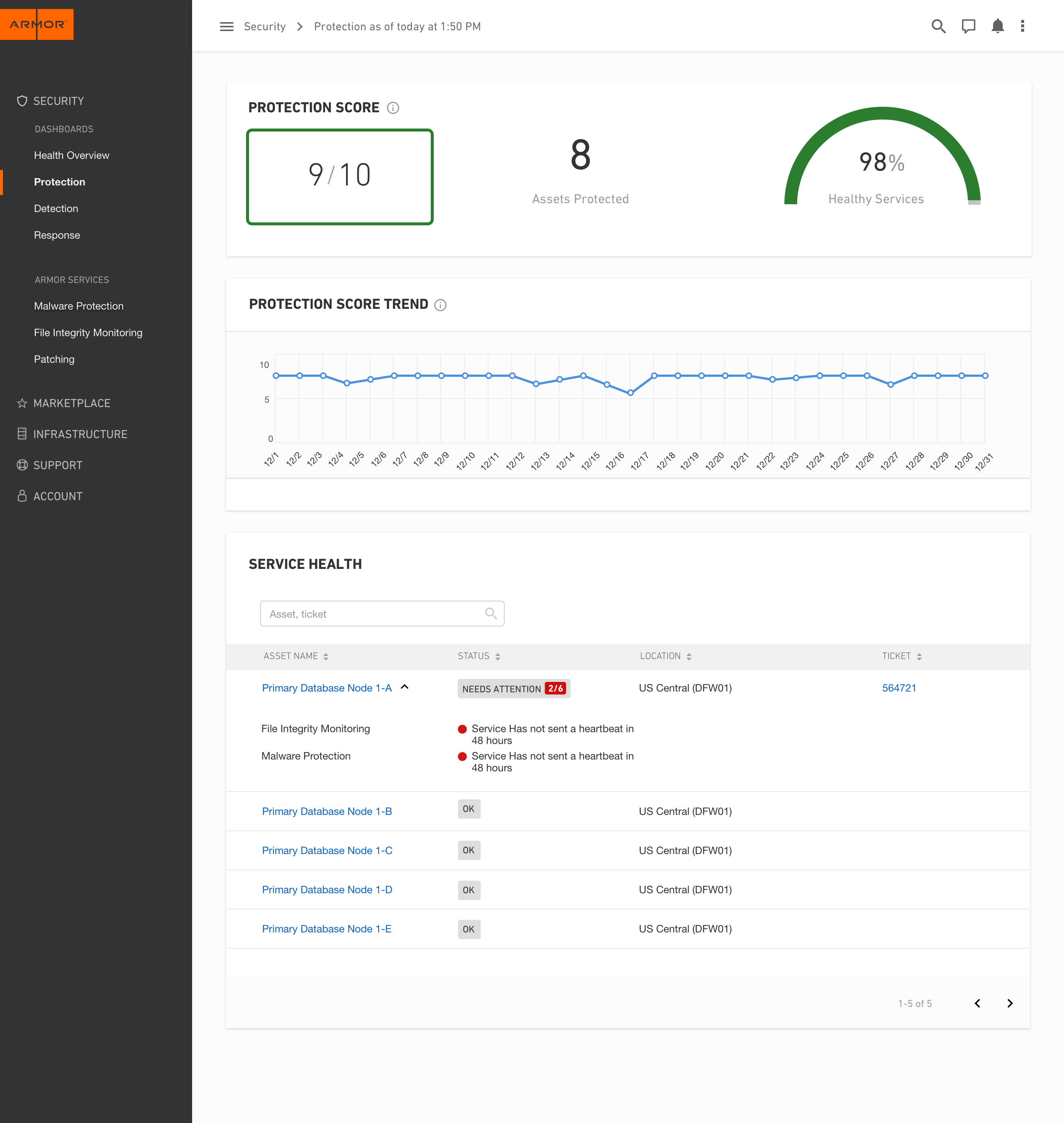Simply put – cybersecurity has a metrics problem.
Why is it so difficult to answer, “How secure are we?”
All too often security teams are left looking like a deer in the headlights when asked the question, “How secure are we?” The truth, however, is that it doesn’t have to be that way. To be effective, security teams must be aware of business priorities and determine which security metrics are most critical to measure to meet these goals. There is a significant overload and fragmentation in methods and approaches to take into consideration when leveraging data to understand the state of security in an organization. The bottom line is that if security teams had a clear, concise standard they would be able to more easily benchmark their results and determine its impact on their business.
Once cybersecurity metrics are set, it’s equally important to evaluate the level of reporting third-party security vendors are providing on a regular basis. Vendors will often offer their security products and services, so your team can gather reporting and data of the IT environment. But they deliver it in such a raw format that it requires an extensive amount of additional time, energy and attention to analyze and understand. Rather, true security service vendors should provide your team a comprehensive security health report and plan to you up front, eliminating the need for analysis and waste of your team’s valuable resources.
But there is a better way
Your cloud environment shouldn’t live in a black box, but be the core of how your business reaches its goals and generates revenue securely. Thus, easily understood cybersecurity metrics is critical.
With this, modern enterprises need a single pane of glass experience within their security monitoring tools that provides a substantial amount of transparency and visibility into their IT environment. This viewpoint should offer the following:
- Command & Control for cloud AND hybrid security for systems still on-premise
- Seamless access and control through an easy-to-use interface that deploys in minutes
- Delivers powerful self-service capabilities, automation and cloud management APIs
- Generates digestible information, easily understood by company executives
Based off the core ideas laid out by U.S. CERT on the Cybersecurity Framework, Armor has launched its Security Analytics Dashboard, focusing on the grading of customer environments for the protection, detection and response functions – calculating an overall company health score and individual scores for each area. This provides security professionals a simple methodology, offering more detailed insights if desired, to provide company executives an overview of security health regularly, set a standard baseline for activity, and streamline compliance reporting requirements.
All in one view, the dashboard delivers real outcomes:
- Advanced analytics and insight to uncover hidden threats – advanced threat detection, risk and vulnerability management, forensics investigation and threat hunting
- Unified visibility to make smarter and faster decisions – single page view of heath of the environment, reduction of false positives, and incident management
- Power to collaborate via optimized resources and investments – intelligent incident prioritization and resolution, and workflow management
Armor’s Security Analytics Dashboard, as well as the new log collector capabilities, make it easy for security teams to understand their level of protection, execution and security posture, both within their industry and broadly. This transparency enables users to quickly validate that their environment is secure, and act quickly to remediate vulnerabilities and answer the question, “How secure are we?”.
To learn more about our Security as a Service offerings, visit: Products Overview.



